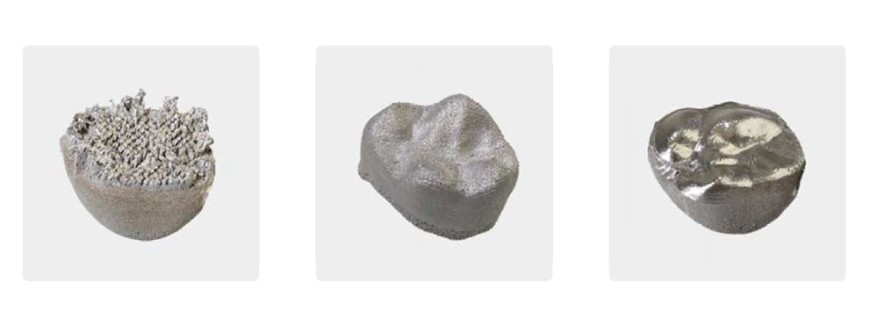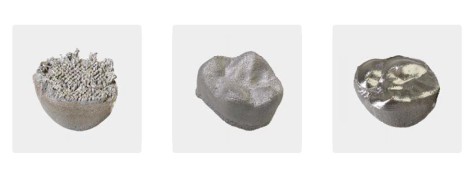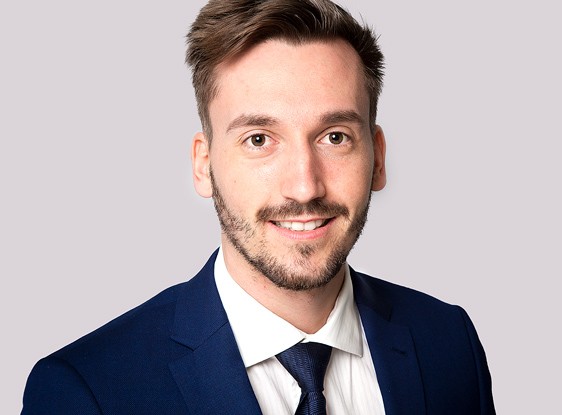Development of a machining process for the efficient post-processing of additively manufactured products
Motivation
The dimensional accuracy and surface quality of additively manufactured products is comparable to the result after a rough milling process, but not to the accuracy and surface quality of a finishing process. Furthermore, in additive processes for metal processing, it is necessary to fix all products with so-called supports on the base plate by means of a welding process. The loosening of this connection and the reworking of the support points cause a considerable amount of reworking for SLM products, which is currently carried out manually. Added to this is the mandatory reworking of technical functional surfaces such as fits. A significant reduction in the post-processing effort of additive semi-finished products is not to be expected due to technical and economic limitations.
Objective and procedure
Together with its partner Datron AG, PTW is developing a post-processing process for the automated and economical complete machining of additively (SLM) produced products as part of the project funded by AIF-ZIM. The focus here is on the development of a holistic concept for the multi-machine complete processing of additively constructed components. This is undergoing functional tests, whereby the limits of repeatability are being explored and the maximum mechanical load capacity is being determined. Taking into account results from reference tests, the concept is thus optimised for real conditions.




